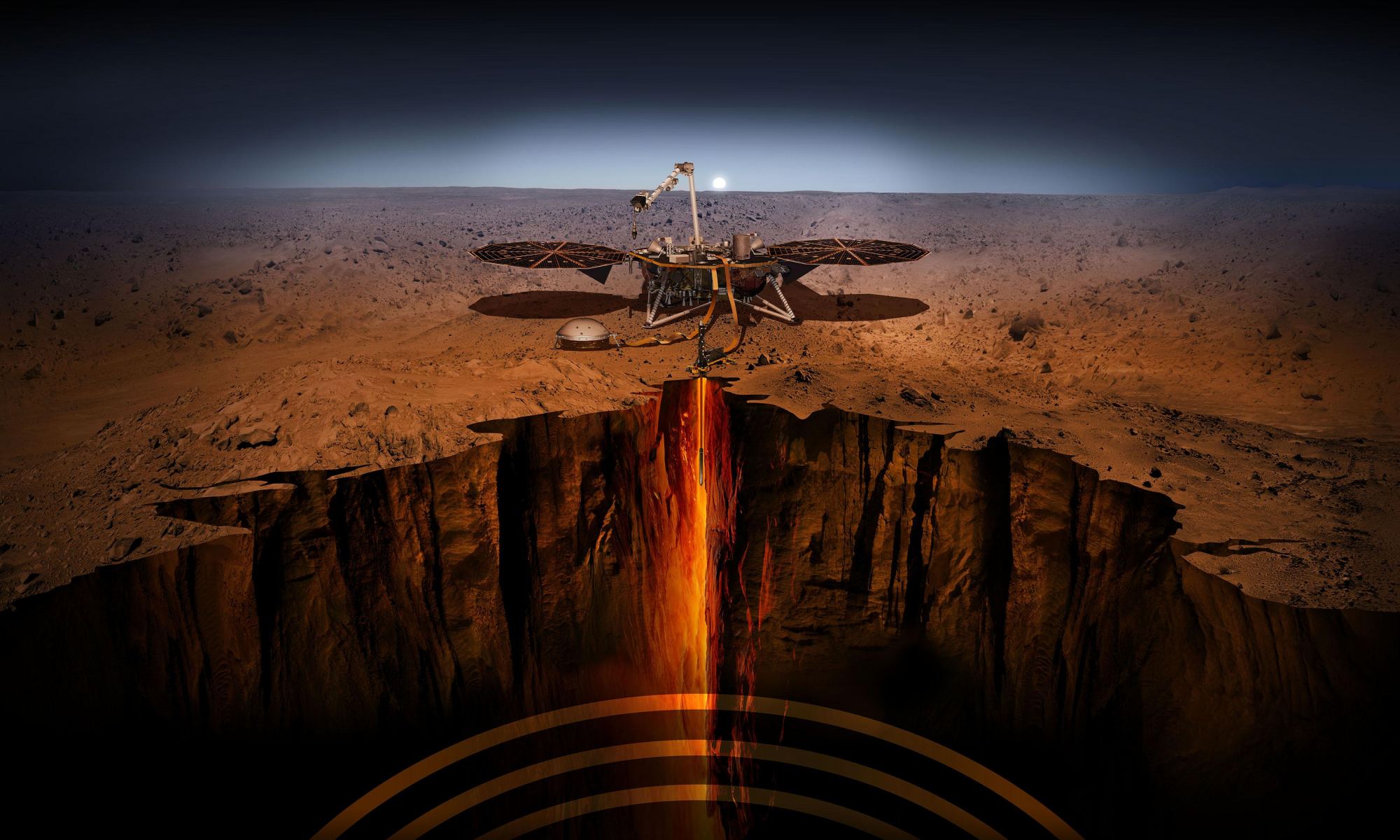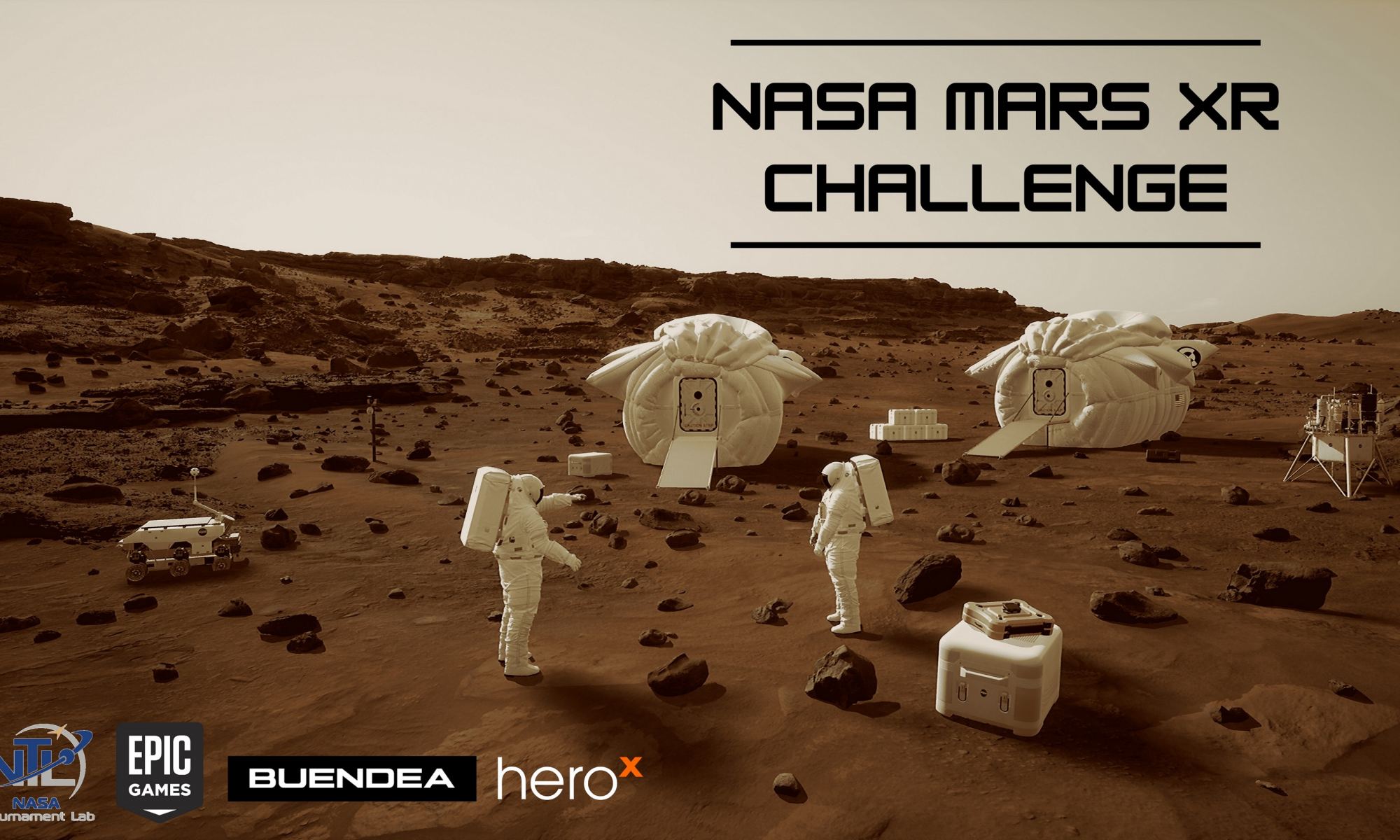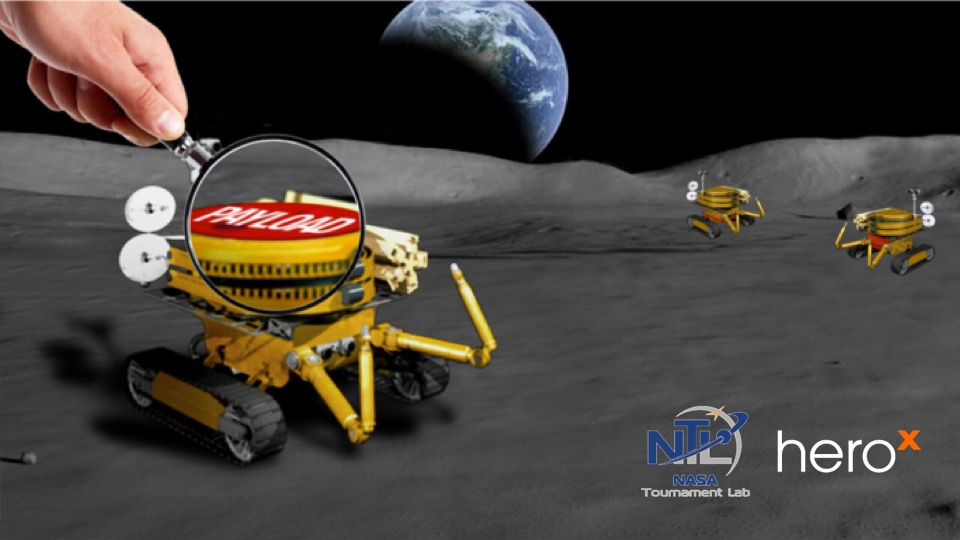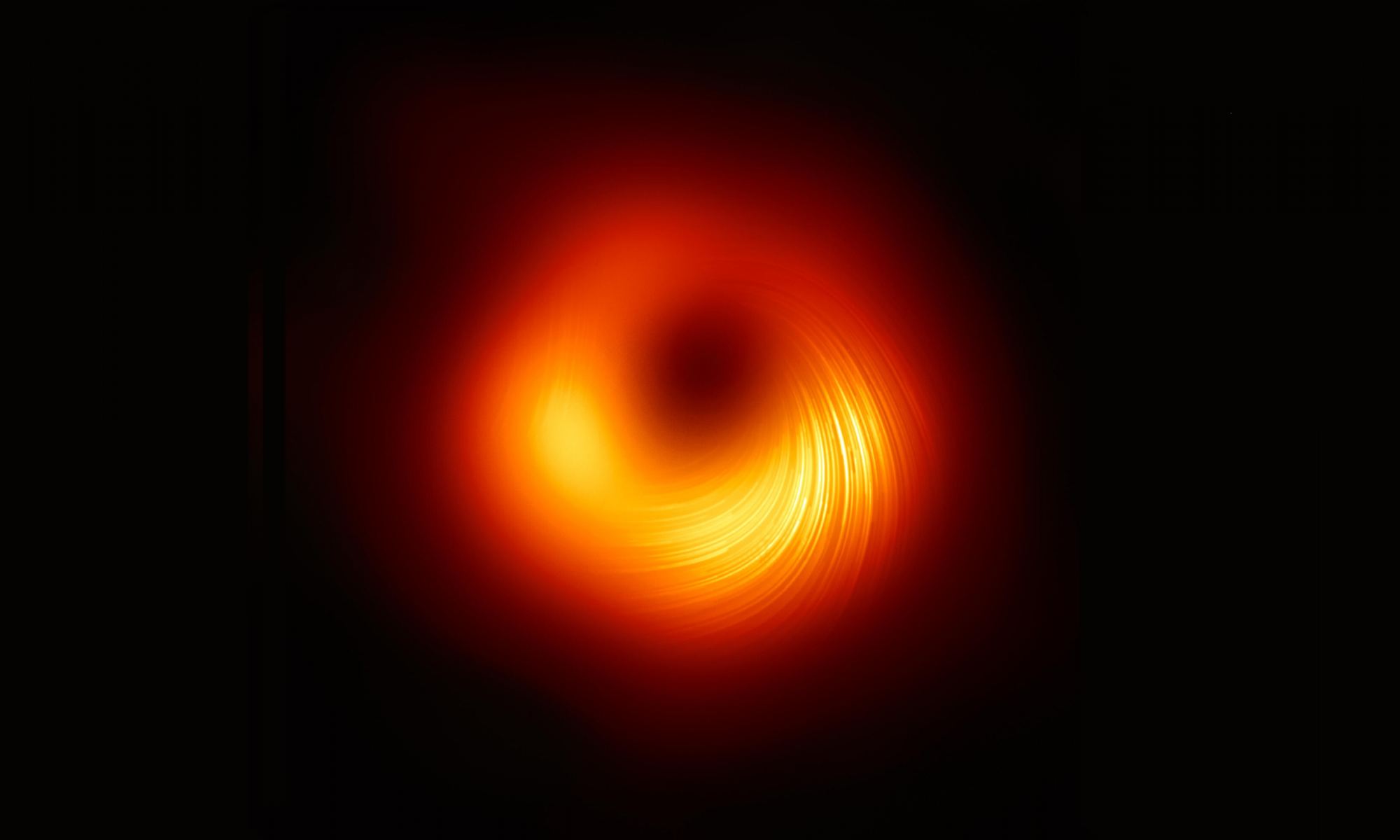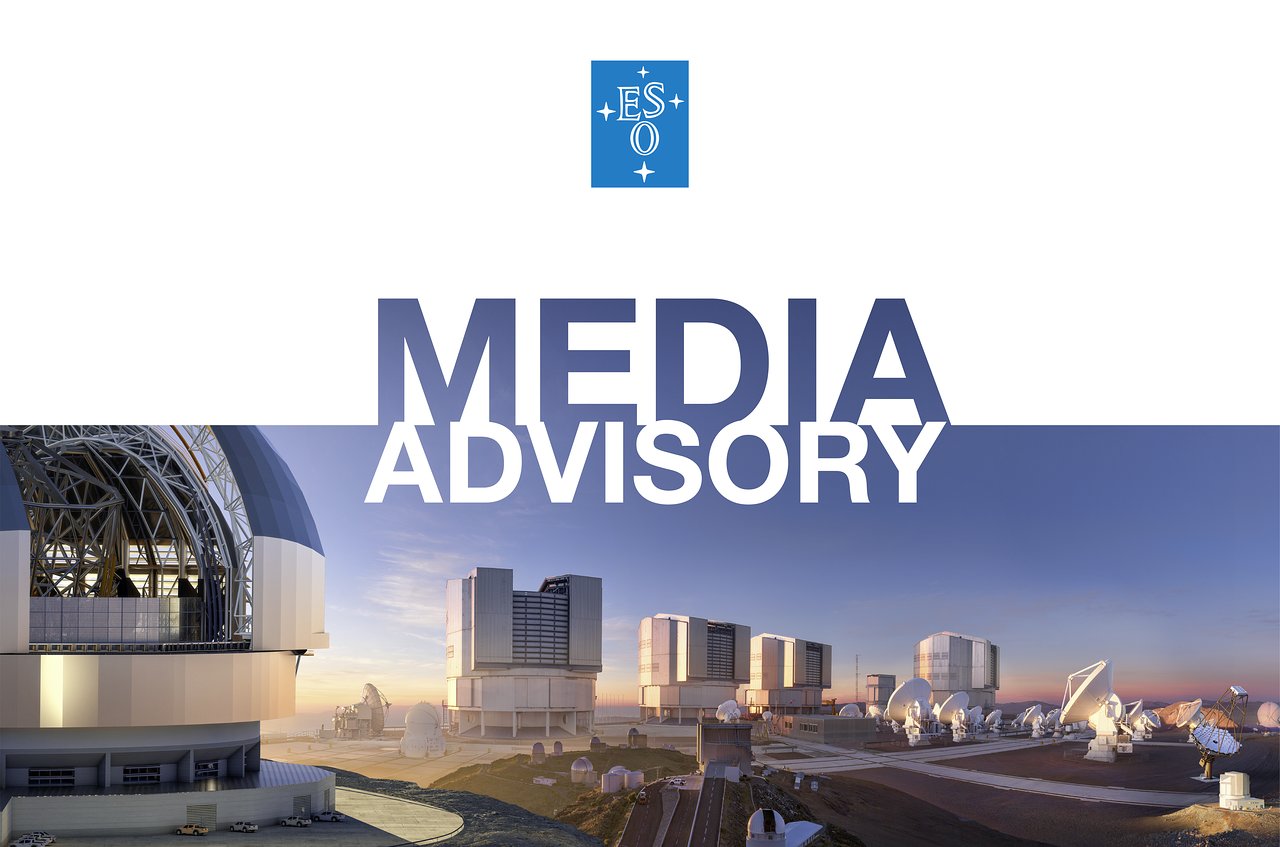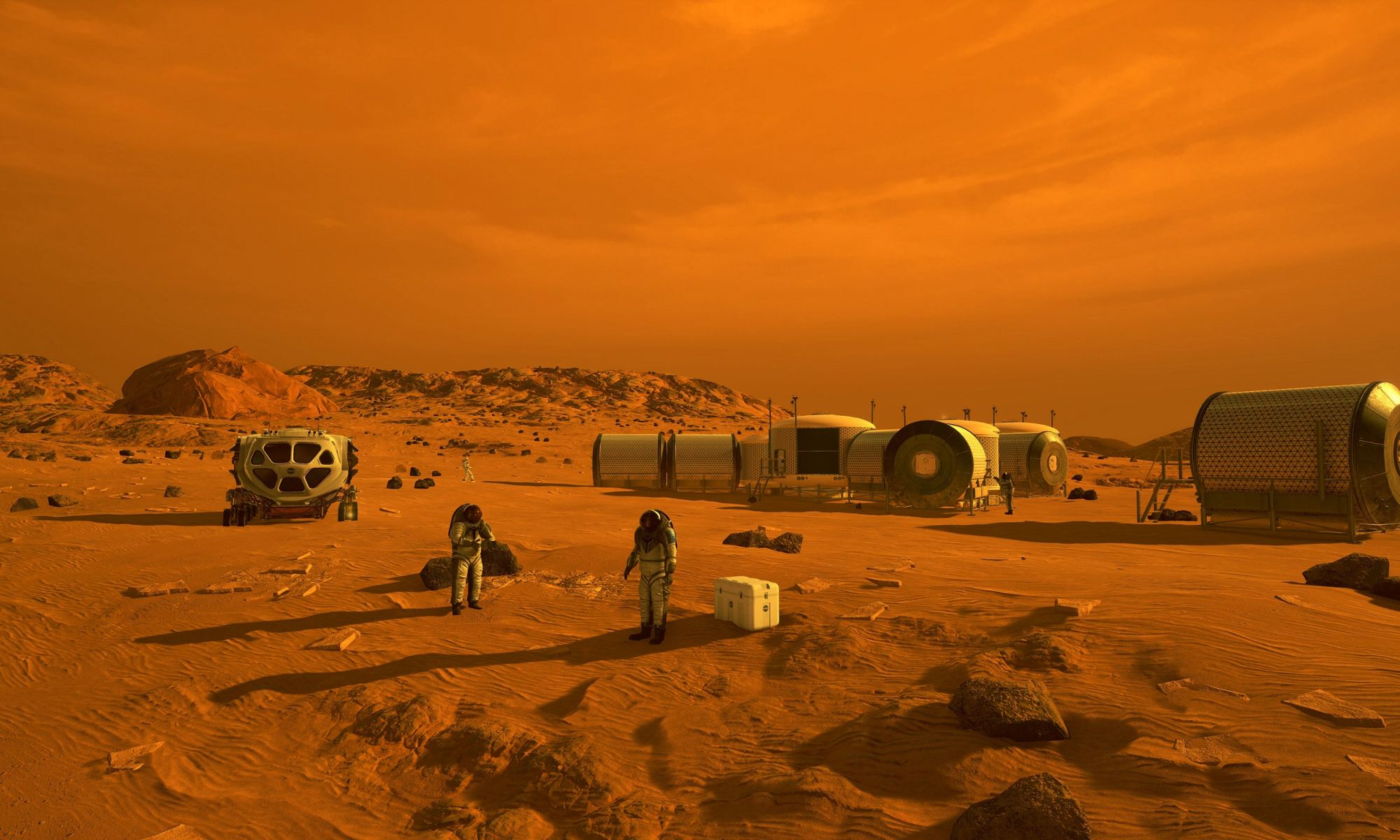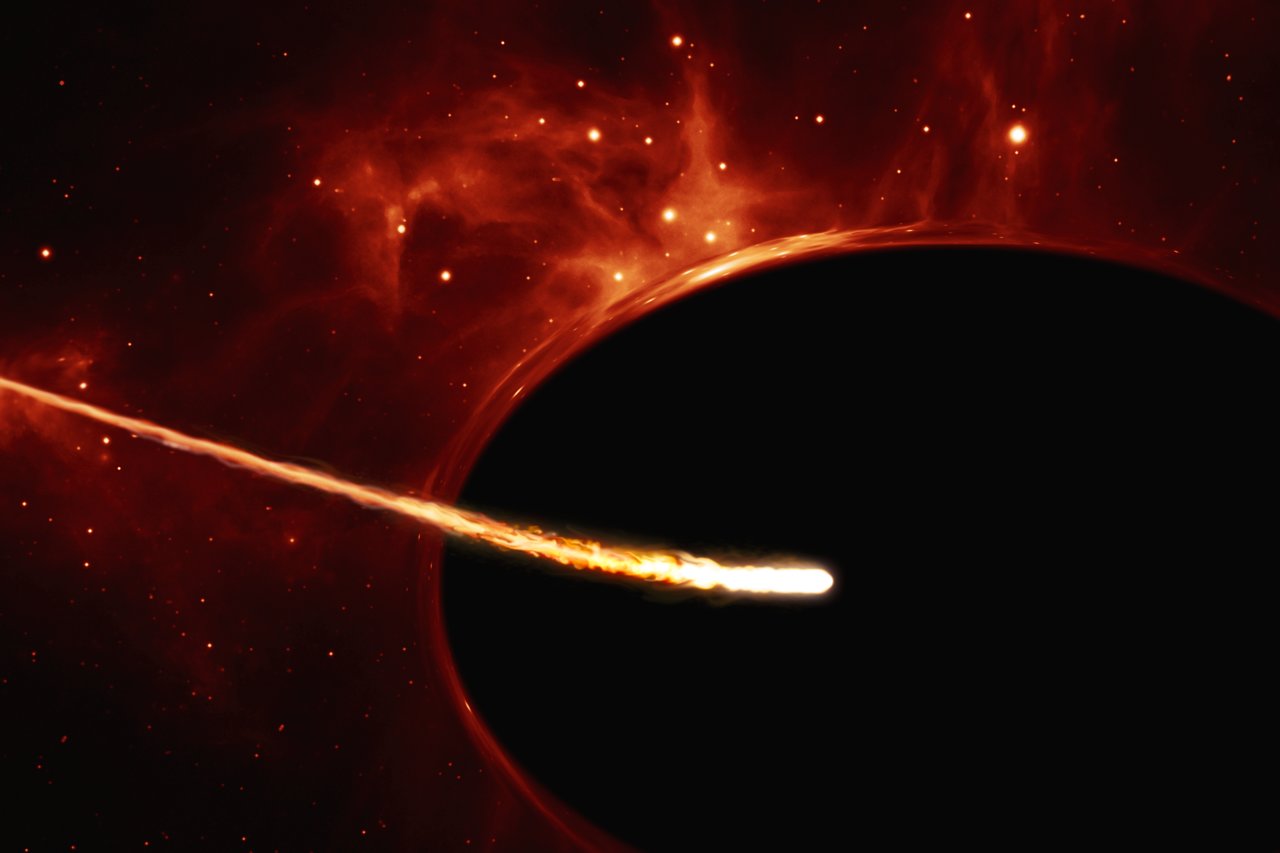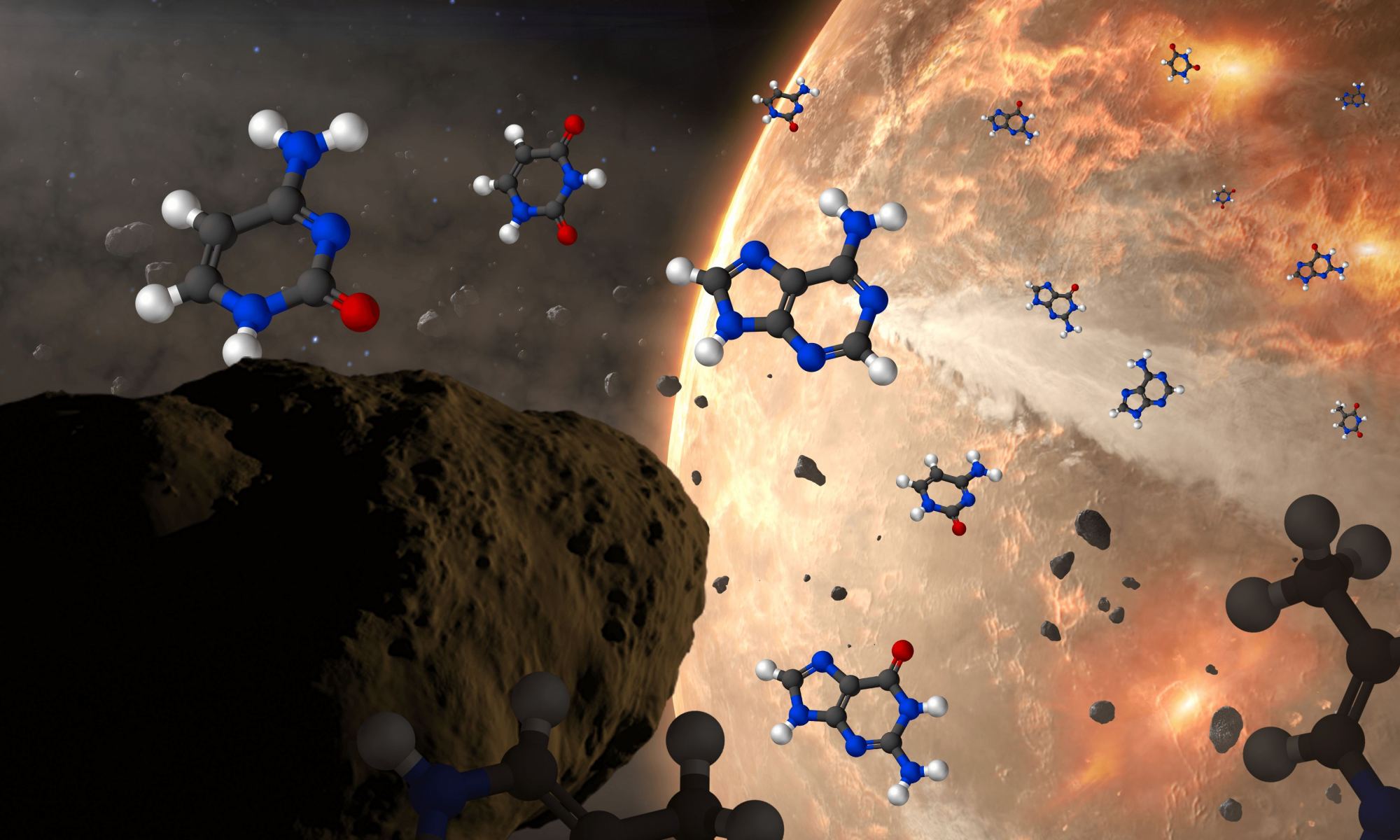In the near future, NASA, the European Space Agency (ESA), China, and Roscosmos all mount crewed missions to the Moon. This will constitute the first time astronauts have walked on the lunar surface since the Apollo Era. But unlike the “Race to the Moon,” the goal of these programs is not to get their first and leave only a few experiments and landers behind (i.e., “footprints and flags” missions) but to establish a sustained human presence on the lunar surface. This means creating habitats on the surface and in orbit that can be used by rotating crews.
While NASA and other space agencies intend to leverage local resources as much as possible – a process known as In-Situ Resource Utilization (ISRU) – creating lunar bases will still require lots of materials and machinery to be shipped from Earth. In a recent study, Philip Metzger and Greg Autry reviewed the cost and energy consumption of building landing pads on the lunar surface. After considering various construction methods, they determined that a combination of additive manufacturing and polymer infusion was the most efficient and cost-effective means.
Continue reading “What’s the Best Way to Build Landing Pads on the Moon?”


